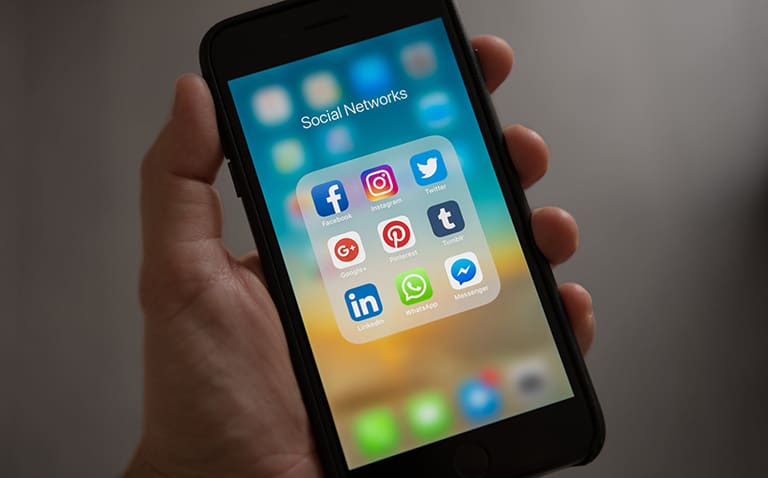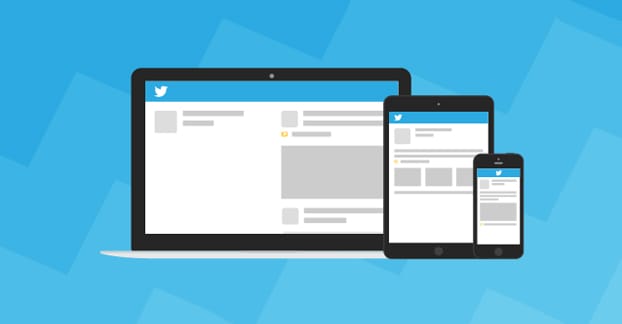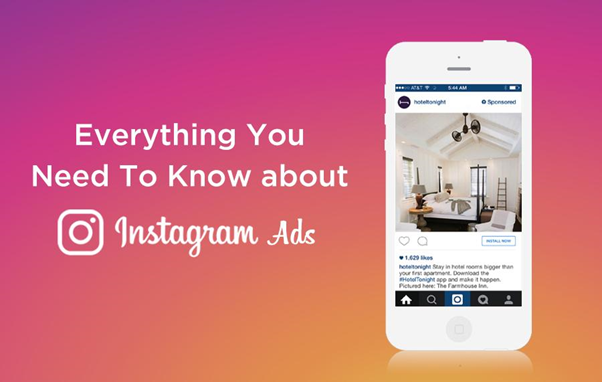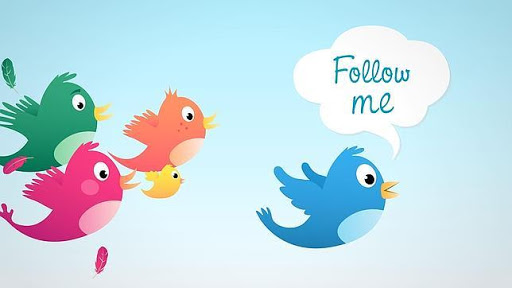Influencer Marketing: The Fundamental Guide
People trust people. This has always been true in sales and marketing, and it’s increasingly so in the modern B2B marketing space. However, when most people think of influencer marketing, they imagine that local celeb that’s doing not-so-subtle promotion for a local clothing store on his or her Instagram page. This is classic B2C, but influencer marketing is actually more effective in the B2B space.
According to Biz Journals, 91 percent of B2B purchases in the United States are influenced by word of mouth.
A consumer might take a chance on that $30 tee, but that $3,000 software subscription for their business is a different story. That’s why the B2B referral isn’t going anywhere and influencer marketing is one of the fastest ways to create that engagement.
Here are a couple of examples of effective B2B influencer marketing campaigns.
- Microsoft and National Geographic partner with female adventure photographers to advocate for women in STEM

Source: Shane Barker
- American Express’ Amex Ambassador Campaign

Source: Grin
The Pros and Cons of Influencer Marketing
The Pros of influencer marketing:
- Earned newsfeed space. Unlike traditional paid ads that are sometimes seen as pollution in the newsfeed, influencer recommendations appear organically and promote better goodwill for your brand.
- Personal brand loyalties. Consumers tend to develop stronger relationships with personal brands than with business brands. A byproduct of this is an increased likelihood of consumers to consider product or brand recommendations stemming from a person, rather than a brand or a branded ad.
- Reach otherwise difficult customers and markets. Some markets are particularly resistant to conventional advertising tactics or might be difficult to reach through conventional means, but influencer strategies offer a more organic approach to acquiring that reach through blog, social, or otherwise.
- High cost/benefit ratio. According to a study by Tomoson, businesses are earning $6.50 for every dollar spent on influencer marketing, and the top 13 percent are making over $20.
- Influencer marketing + Instagram = seriously high impact. There’s a reason that both of the influencer marketing examples I drew upon were sourced from Instagram. Firstly, 59 percent of influencers prefer Insta. Secondly, engagement rates on Insta average 7.2 percent as compared to 1.4 percent on the likes of Twitter. And lastly, because Instagram users actually don’t mind sponsored content.
The Cons of influencer marketing:
- Delayed ROI. Ideas take root much slower in the B2B space. Although influencer efforts may be reaching the right audience and conveying the right message, it will undoubtedly take time and message repetition to convince the right people to take the next step.
- Attribution. As suggested above, B2B purchases are much more intricate and involved than most B2C purchases, and directly attributing lead generation to influencer efforts can often prove difficult.
- Identifying the right influencers. If you are having a hard time reaching your audience in the first place, then it’s unlikely that you are aware of influencers that they are engaging with. Fortunately, there are software solutions that can assist on this front. Platforms like CreatorIQ, Popular Pays, and Mavrick are a few of the industry leaders.
- Identifying the right platform. Determining whether you should be pursuing a blog partnership, a social partnership, or otherwise can also be a difficult feat. However, some of the above-listed platforms can also assist on that front.
- Cost. Depending on whether you are using micro-influencers, mega influencers, and the frequency with which you are launching sponsored content—costs can become rather high.

How to launch an influencer marketing campaign
1. Identify the objective
The first step is always identifying what your goal for the influencer campaign will be.
Some possible B2B influencer campaign objectives include:
- Build or strengthen brand awareness
- Drive social engagement/interactions
- Improve TOFU conversions (newsletters, free trials, etc.)
- Collect customer insight/data (surveys, analytics, etc.)
2. Look for existing advocates
Once you’ve identified what you want out of your campaign, then you can begin working to identify the “who” of the equation. And quite often, the best place to start for this step is within your company’s existing social circles.
The “who” must be:
- Someone with a sizeable social following on your desired platform (minimum 5,000)
- Someone who influences your customers. If you sell software to local business clientele, then you’re going to want to target someone that has strong relationships with local businesses within a target community (ex. Sacramento)
Now, the larger your company, the easier it will be for you to find advocates within your existing social circles.
3. Contract negotiations
B2B influencer contracts should be negotiated for much longer terms than their B2C counterparts. According to Convince & Convert, you shouldn’t expect attributable results from an influencer marketing campaign for up to six months. As a result, they recommend that you should negotiate influencer relationships that last one year at a time.
4. Content creation
Influencer marketing content takes a bit of a different form than that of many other paid and organic campaigns. Unlike your Facebook ads, the content is likely to be created by the influencer and then approved by you.
In order to facilitate this, you will have to provide the influencer with whatever materials they need to promote your offering.
Some key materials include:
- Custom URLs/promo codes
- Swag or other promotional materials
- Additional production materials if negotiated
5. Track performance
As mentioned above, custom URLs and promo codes should likely be used to enable attribution. You will then want to monitor site traffic and conversions stemming from the influencer and map that performance over the duration of your contract.







